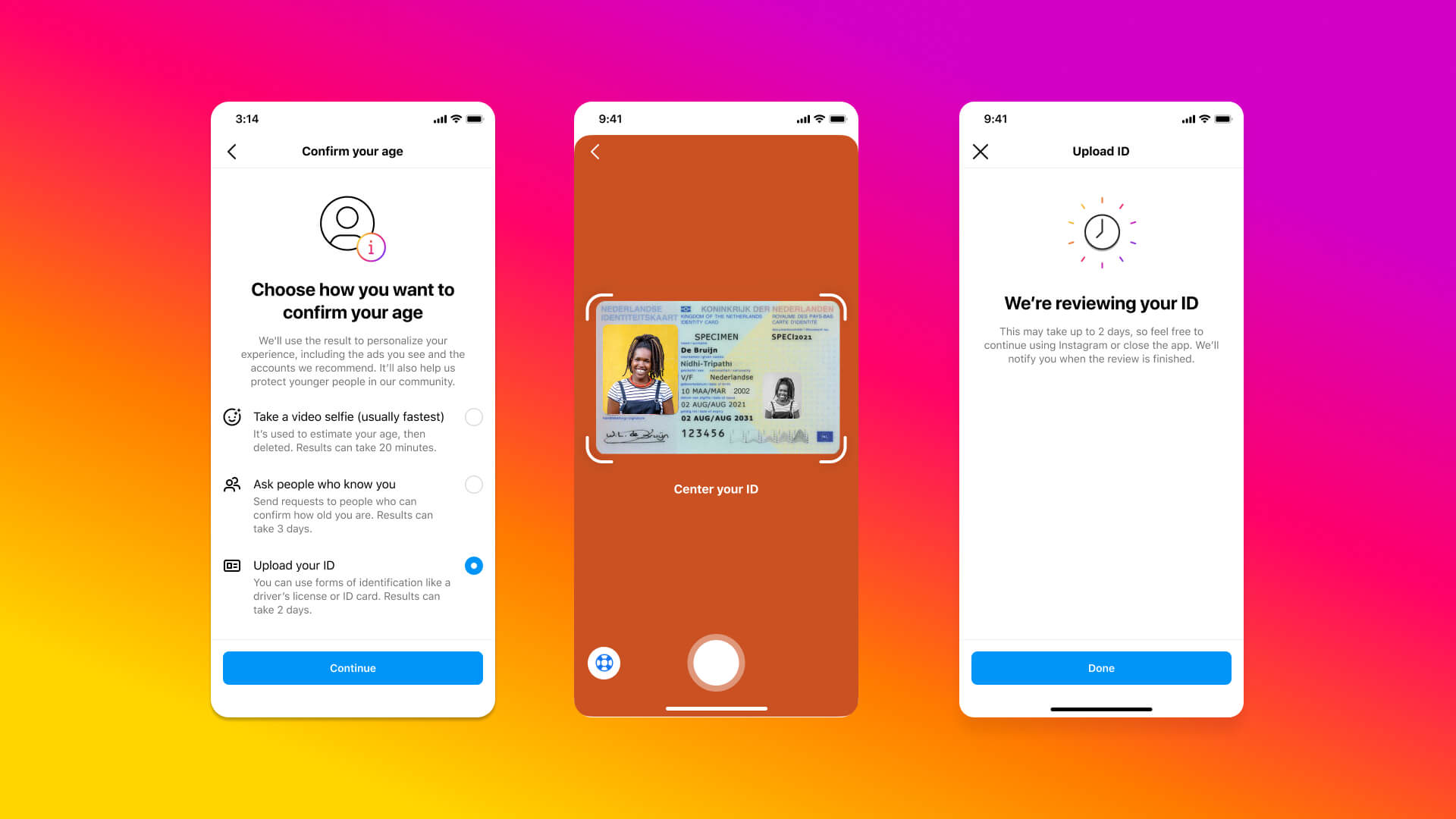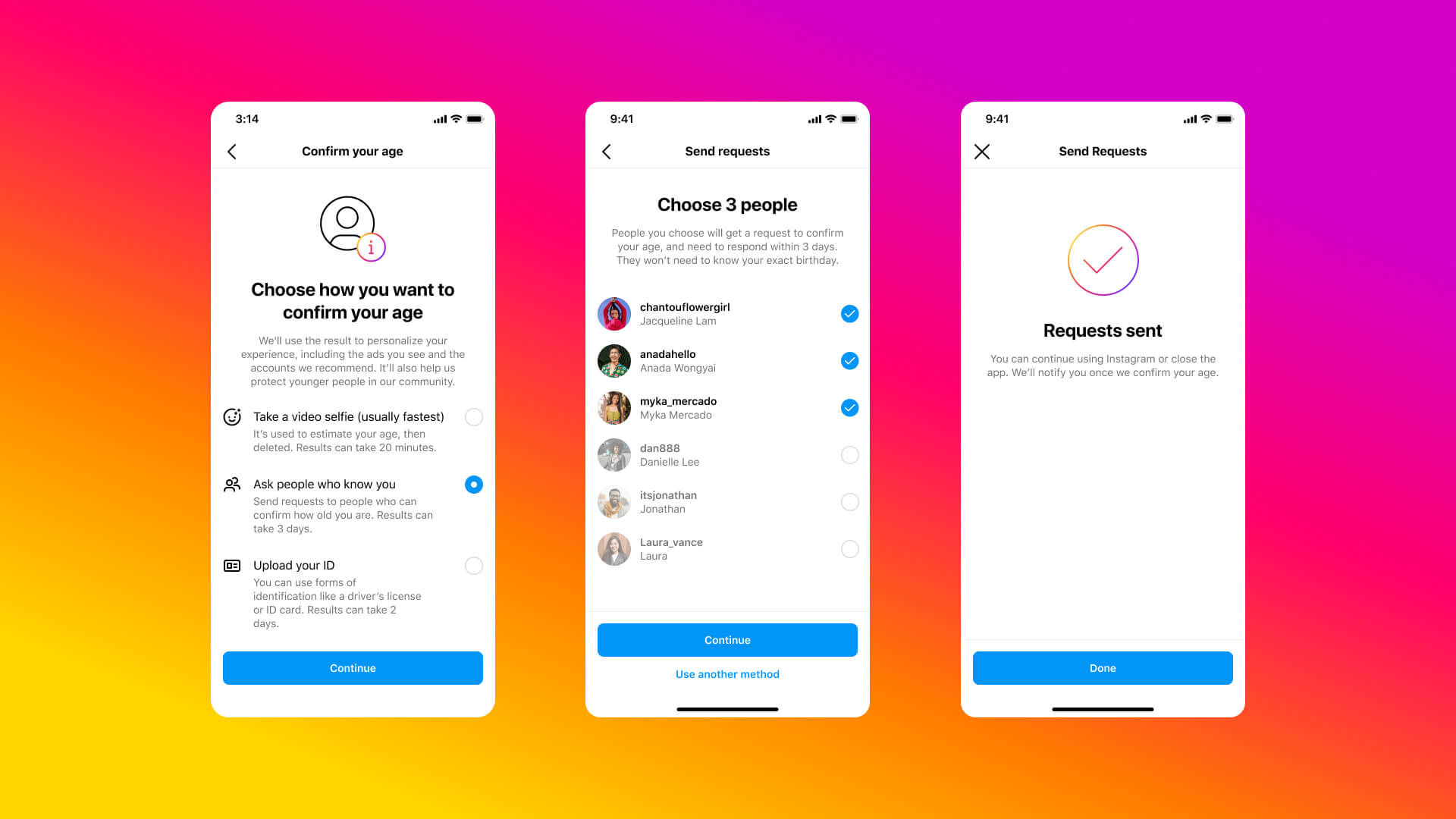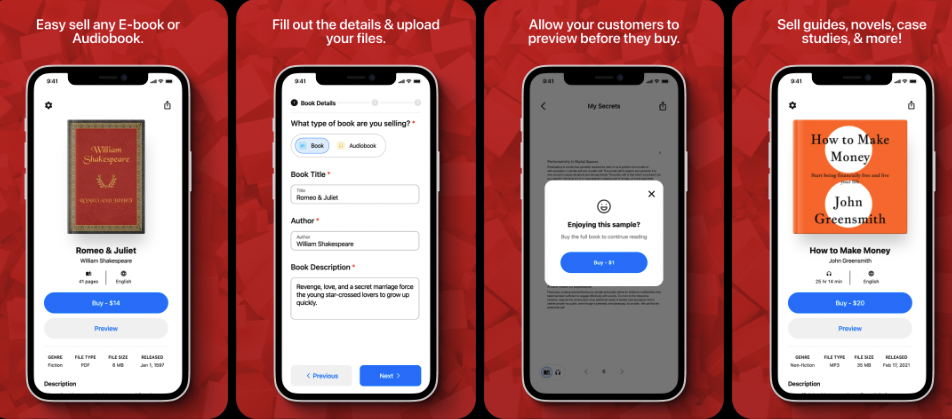Meta announced today that it has started testing its age verification tools on Instagram in more countries, including Canada and Mexico. Last June, the social media app began testing new options for users to verify their age using one of three options: uploading their ID, recording a video selfie or asking mutual friends to verify their age. If a user attempted to edit their date of birth on Instagram from under the age of 18 to 18 or over, the app would require them to verify their age using one of the three methods.
The test initially launched in the United States, and later rolled out in Brazil and Japan in October. The age verification tools are now being tested in more countries in Europe, Mexico, Canada, South Korea, Australia and Japan. Meta plans to make the tools available globally in the coming months.

Image Credits: Instagram
To verify your age, you can provide an ID like a passport or a driver’s license. If you do so, Instagram will store your ID for 30 days on its servers before deleting it. If you don’t have a valid ID, you can choose the video selfie method. Instagram has partnered with London-based digital identity startup Yoti for this option. Once you upload a video selfie, it is shared with Yoti, which verifies your age using specially trained AI. Once the verification process is complete, both companies delete the data.
The third age verification option is called “social vouching,” which allows you to ask mutual followers to confirm how old you are. The person vouching must be at least 18 years old and must not be vouching for anyone else at that time. The three people you select to vouch for you will receive a request to confirm your age and will need to respond within three days. The people vouching for you will get options to specify your age bracket such as under 13 years old, 13-17 years old, 18-20 years old, 21 years or older or I’m not sure. All three of them must choose the same option for your age verification to be approved.

Image Credits: Instagram
Meta says that since it first started testing age verification on Instagram last year, its tests showed that it was able to stop 96% of the teens who attempted to edit their birthdays from under 18 to 18 or over on Instagram.
Instagram started asking new users to input their birth date in 2019 in an attempt to bar users younger than 13 from joining the app. In 2021, the social network made it mandatory for everyone to provide their birth date. The same year, it launched restrictions for teens, such as making accounts private by default for users under the age of 16 and blocking DMs from unknown adults.
Instagram starts testing its age verification tools in more countries by Aisha Malik originally published on TechCrunch
from TechCrunch
via Click me for Details





